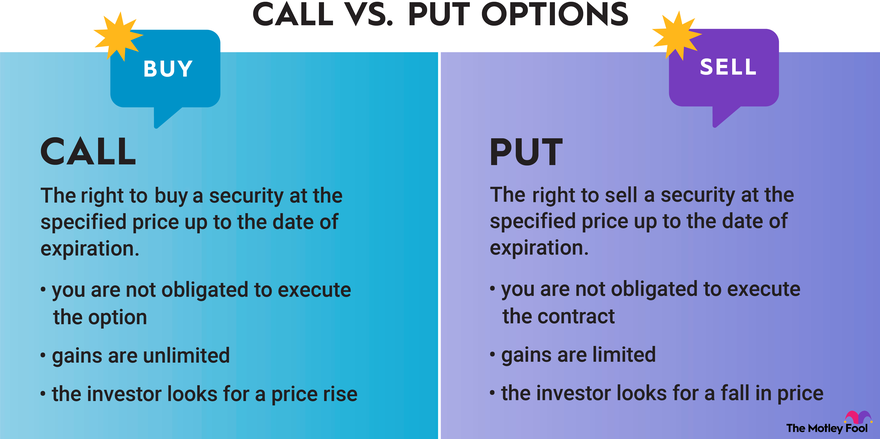In the ever-evolving world of finance, option trading has emerged as a sophisticated tool that can empower investors with both opportunities and potential pitfalls. By understanding the right time and place to employ options, you can harness their power to enhance your investment portfolio and mitigate risk.

Image: www.plafon.id
Delving into Options: A Primer on the Basics
Option contracts are financial instruments that grant the holder the right, but not the obligation, to buy or sell an underlying asset at a predetermined price within a specified time frame. This inherent flexibility can be instrumental in unlocking various investment strategies.
Call Options vs. Put Options: Call options give the holder the right to buy an asset at a specific strike price on or before the expiration date. Put options, on the other hand, provide the right to sell an asset at a specified strike price.
Strikes, Expiry, and Premiums: Every option contract has a strike price, which is the predetermined price at which the underlying asset can be purchased or sold. The contract also has an expiry date, beyond which it loses its validity. Option premiums represent the price paid by the option buyer to acquire this right.
Strategic Applications: When Options Shine
Option trading offers a diverse range of strategic applications, enabling investors to tailor their investments to specific market conditions and financial goals:
Income Generation: Covered calls and cash-secured puts allow investors to generate income by selling options while retaining ownership of the underlying asset.
Portfolio Hedging: Protective puts and collar strategies can be used to hedge against potential losses in the underlying asset’s value.
Speculation and Leveraged Trading: Options can amplify profits (or losses) compared to direct investment in the underlying asset. This leverage can enhance returns but also increases risk.
Volatility Trading: Investors can profit from market volatility by trading in options that are sensitive to price fluctuations.
Risk Management: Options can play a crucial role in managing portfolio risk by diversifying investments and limiting potential losses.
Essential Considerations: Timing the Market
Timing is paramount when it comes to successful option trading. Here are some key factors to consider when deciding to employ this investment strategy:
Market Conditions: Bullish markets are generally more favorable for call options, while bearish markets tend to suit put options.
Time to Expiration: Options with longer durations provide more time for price movements to play out, but they also carry higher premiums.
Volatility: Higher volatility increases option premiums but also amplifies potential gains or losses.
Underlying Asset: The characteristics of the underlying asset, such as its price trend and liquidity, can influence option pricing and strategy selection.

Image: www.jlcatj.gob.mx
Expert Insights: Harnessing the Power of Options
Seasoned experts in the field of option trading offer valuable guidance for aspiring investors:
Warren Buffett: “Options are a leveraged way to either amplify or hedge the risk of owning common stocks.”
Nassim Taleb: “The option holder has an asymmetric payoff with limited risk and potentially unlimited profits.”
George Soros: “Options can be used not only as hedging instruments but also as speculative tools.”
When We Can Employ Option Trading

Image: www.fool.com
Conclusion: Empowering Your Investments with Options
Option trading can empower investors with a versatile tool for achieving their financial goals. By understanding when and how to employ options strategically, you can enhance your portfolio’s performance, manage risk, and capitalize on market opportunities. Remember, consult with a qualified financial advisor to ensure that this investment strategy aligns with your unique circumstances and risk tolerance.






